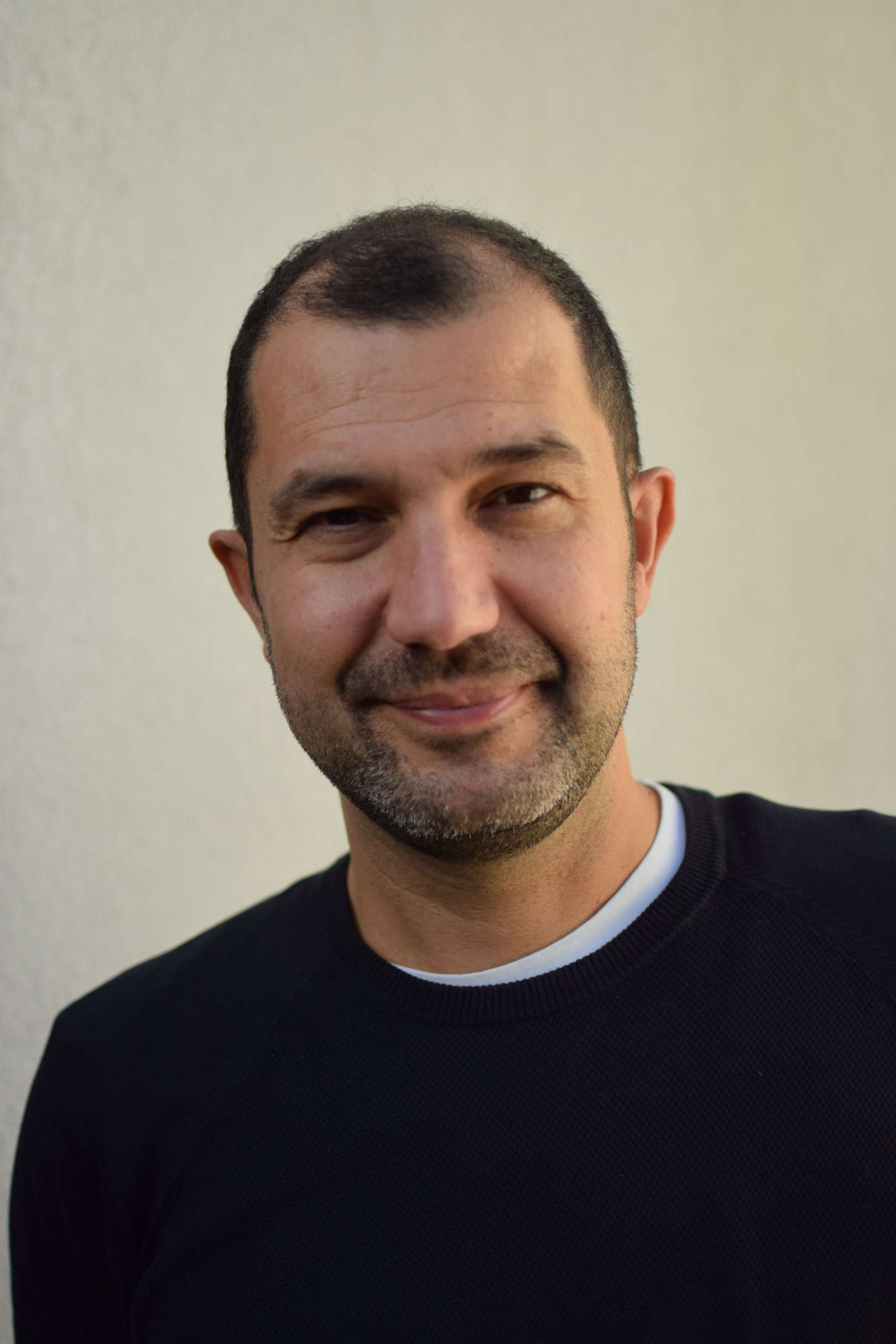About
Sérgio Nunes is an Associate Professor at the Department of Informatics Engineering at FEUP, University of Porto, and a Senior Researcher at INESC TEC. He holds a PhD in Information Retrieval (2010) focused on using temporal features for relevance estimation, and a MSc in Information Management (2004).
His main research interests are in information retrieval and web information systems. He teaches databases, web technologies and information retrieval in different programs, namely the Informatics Engineering Doctoral Program, the Informatics Engineering Bachelor and Masters, and the Multimedia Masters.
Was the Director of the U.Porto Media Innovation Labs (MIL), an Excellence Center of the University of Porto, with the mission of developing the university's capacity in the field of Media in teaching, research and innovation activities by promoting collaborations between existing university structures and articulation with external partners.


